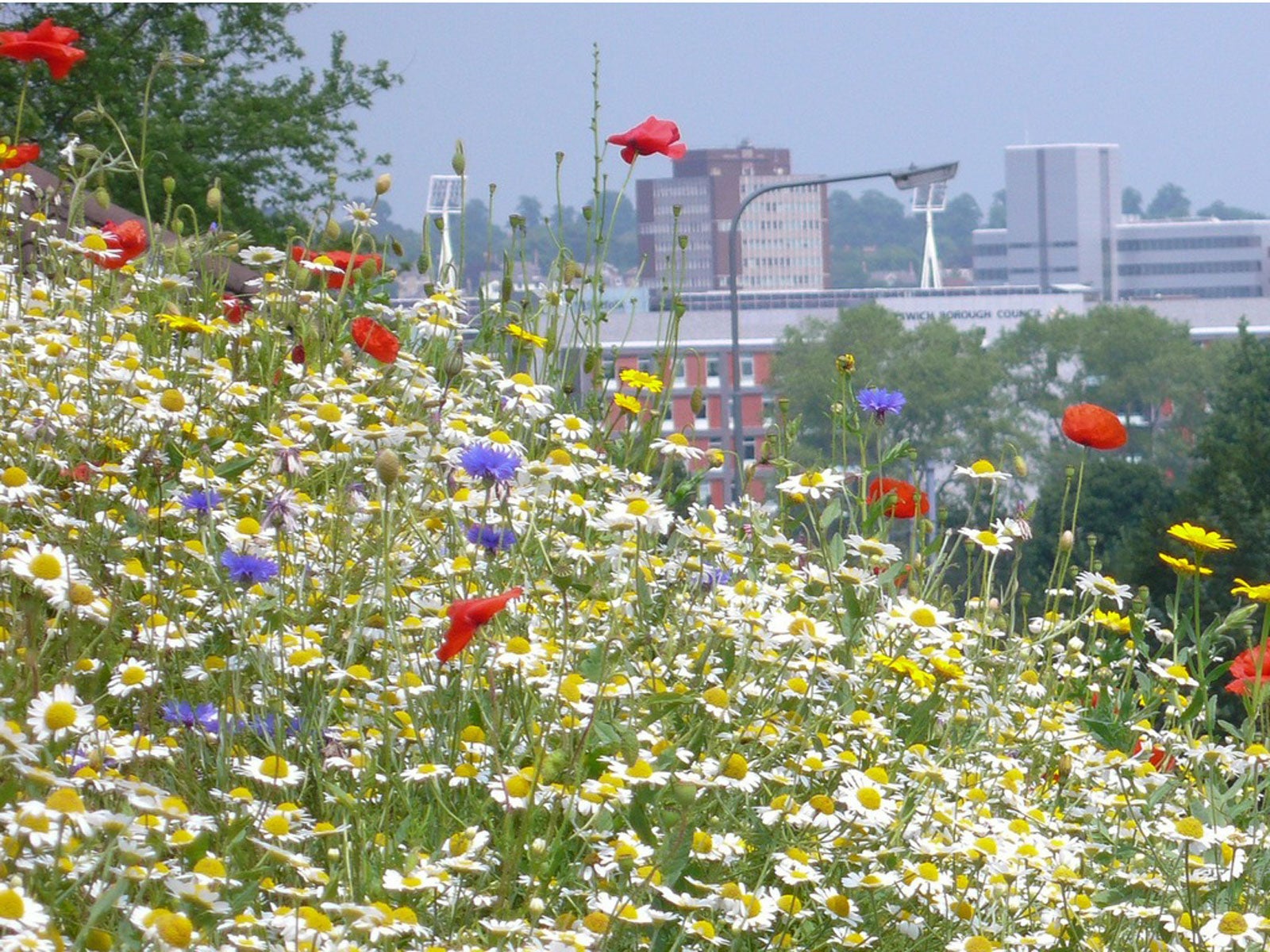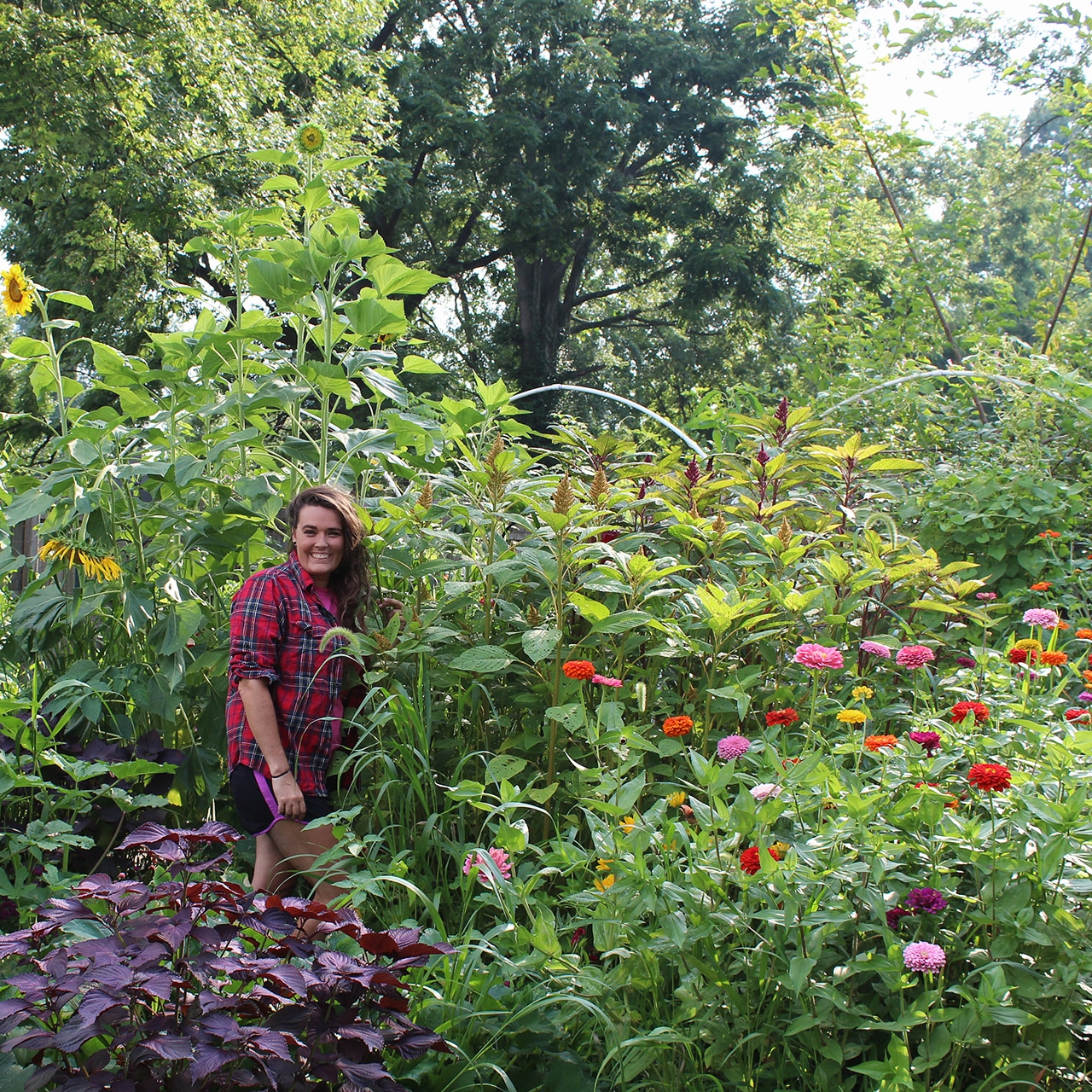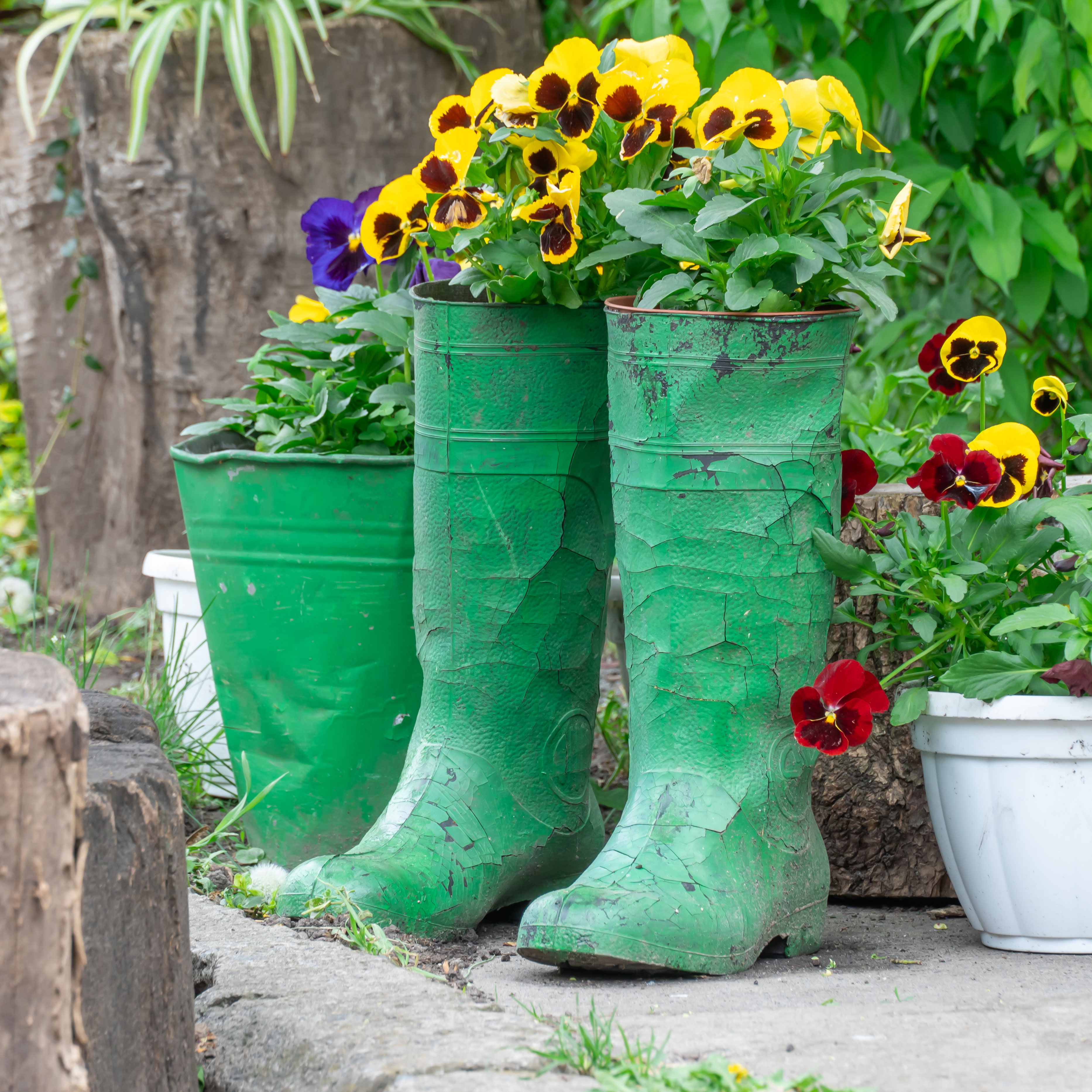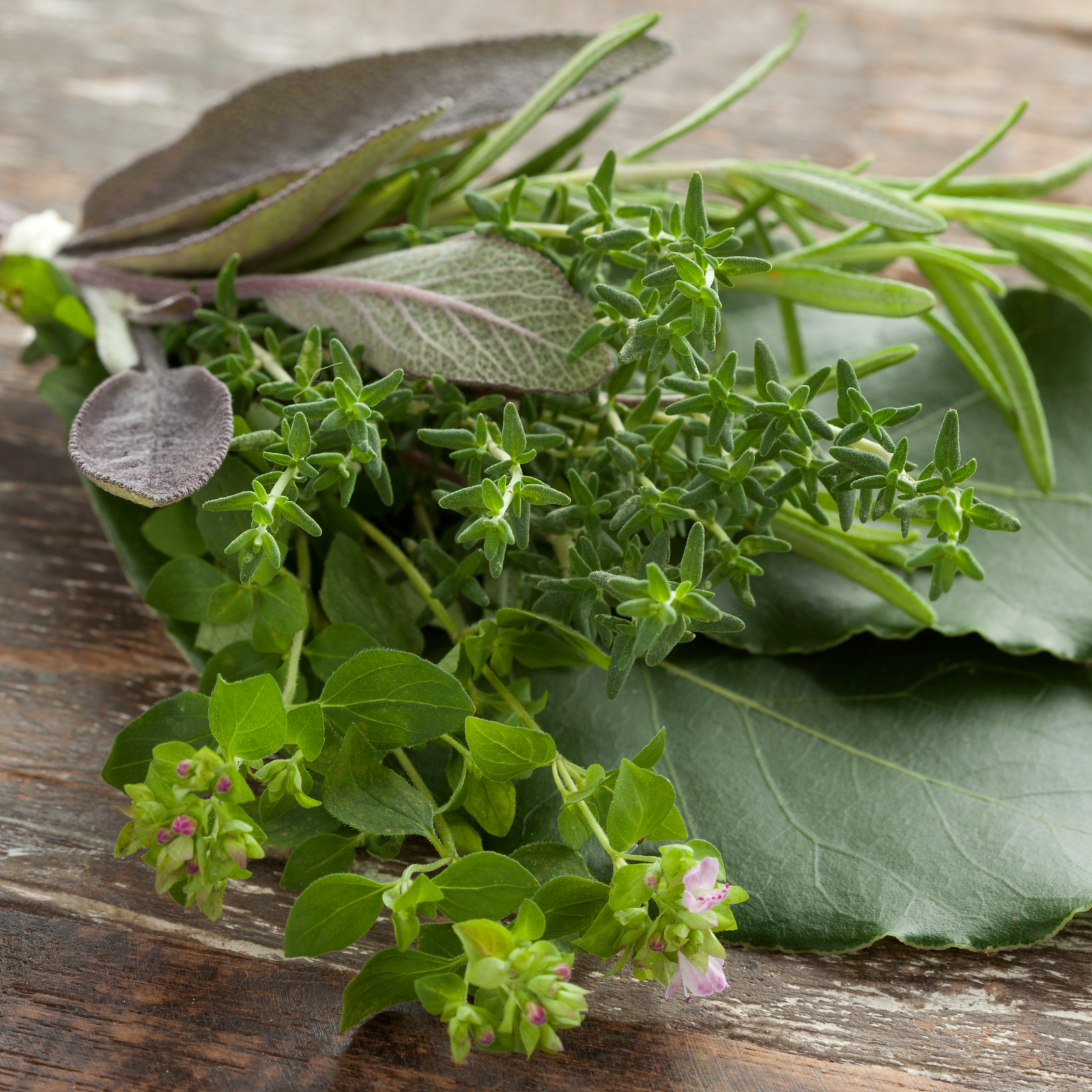Urban Meadow Gardening: Can You Plant A Meadow In The City
Urban meadow gardening is an idea whose time has come. City councils and interested gardening citizens are recognizing the value of urban meadowscaping.


The creation of green spaces has become increasingly popular in large cities. While large parks serve as a place for nature lovers to relax and unwind, other planting sites have also been developed solely to foster and promote the presence of native wildlife. The preservation of woodlands, wetland habitats, and pollinator gardens are just a few examples of projects that have been implemented.
Though not yet as popular, the creation of urban meadowlands has also gained traction among homeowners and city councils. Read on for tips on growing urban meadows.
What is an Urban Meadow?
Urban meadowscaping can vary greatly. In general, a meadow in the city is done in large areas which have traditionally been kept as turf. Common areas to find these meadowlands include between highways and around parking lots.
To begin the conversion of a space to a meadow, various types of native grasses and wildflowers are used. These native species are attractive to pollinators and support a more natural and easy-to-care for ecosystem.
Although creating a meadow in the city is most effective over large areas, home gardeners who wish to grow an urban meadow also have several options.
Grow an Urban Meadow
Urban meadowscaping can be accomplished in different ways, from small to large. Small scale plantings are most applicable for city dwellers. This can be done within singular flower beds or throughout entire lawns.
To grow an urban meadow, first select the planting site. Planting locations should drain well and receive full sun for most of the day.
Gardening tips, videos, info and more delivered right to your inbox!
Sign up for the Gardening Know How newsletter today and receive a free copy of our e-book "How to Grow Delicious Tomatoes".
Next, you’ll need to choose plants. Before planting anything, consider the area’s soil type. While some grasses and flowers require consistent fertilization, others may grow better in places where soil is less than ideal.
Many popular plants for urban meadowscaping are annuals, but it's great to also include several perennial types. Diversifying the meadow planting will help to promote the overall health of the space, as well as provide seasonal interest. Adding plants of differing heights, textures, and bloom season will help extend the appeal of the planting space.
In urban meadow gardening, many growers choose to forgo regular maintenance tasks such as irrigation and fertilization. Rather than deadheading spent blooms, allow the plants to form seeds. This will attract birds and other small animals.
These are just some examples of how low maintenance techniques can assist in a more natural establishment of the small meadow ecosystem.

Tonya Barnett has been gardening for 13 years. Flowers are her passion. She has transformed her backyard into a cut flower garden, which she regularly chronicles on her YouTube channel http://www.youtube.com/@tonyawiththeflowers.
-
 Creative Ideas For Plant Containers: 7 Ways To Save Money And Add Charm To A Garden
Creative Ideas For Plant Containers: 7 Ways To Save Money And Add Charm To A GardenIf you are looking for great ways to add personality to your container gardening – and even save yourself some money – then try these creative ideas for plant containers
By Mary Ellen Ellis
-
 How To Make A Bouquet Garni Or Herb Bundle For Cooking
How To Make A Bouquet Garni Or Herb Bundle For CookingIf you’re a great cook, you may have made an herb bundle before. If this is a new idea, learn how to add sparkle and interest to your dish with a bouquet garni.
By Amy Grant